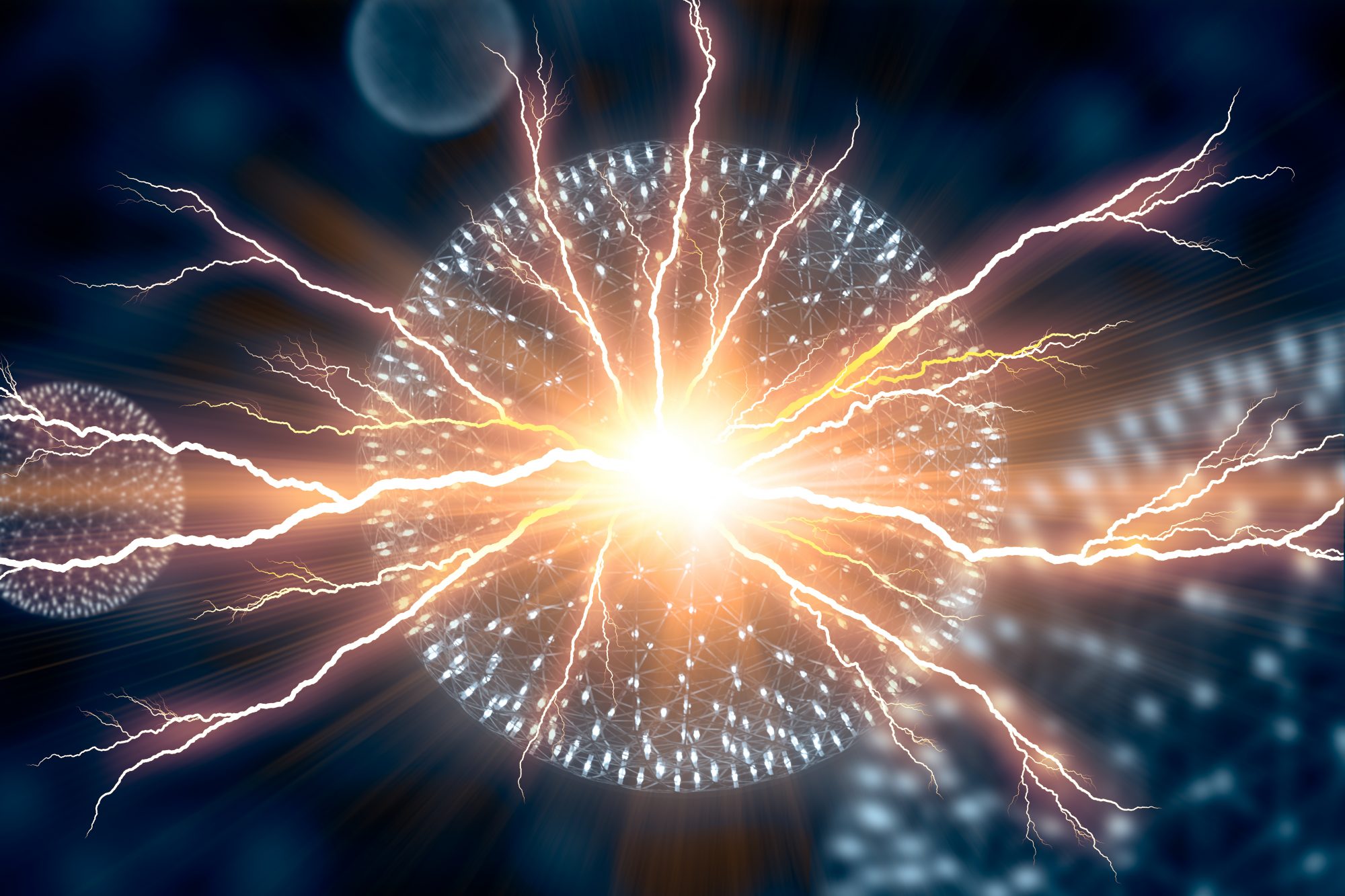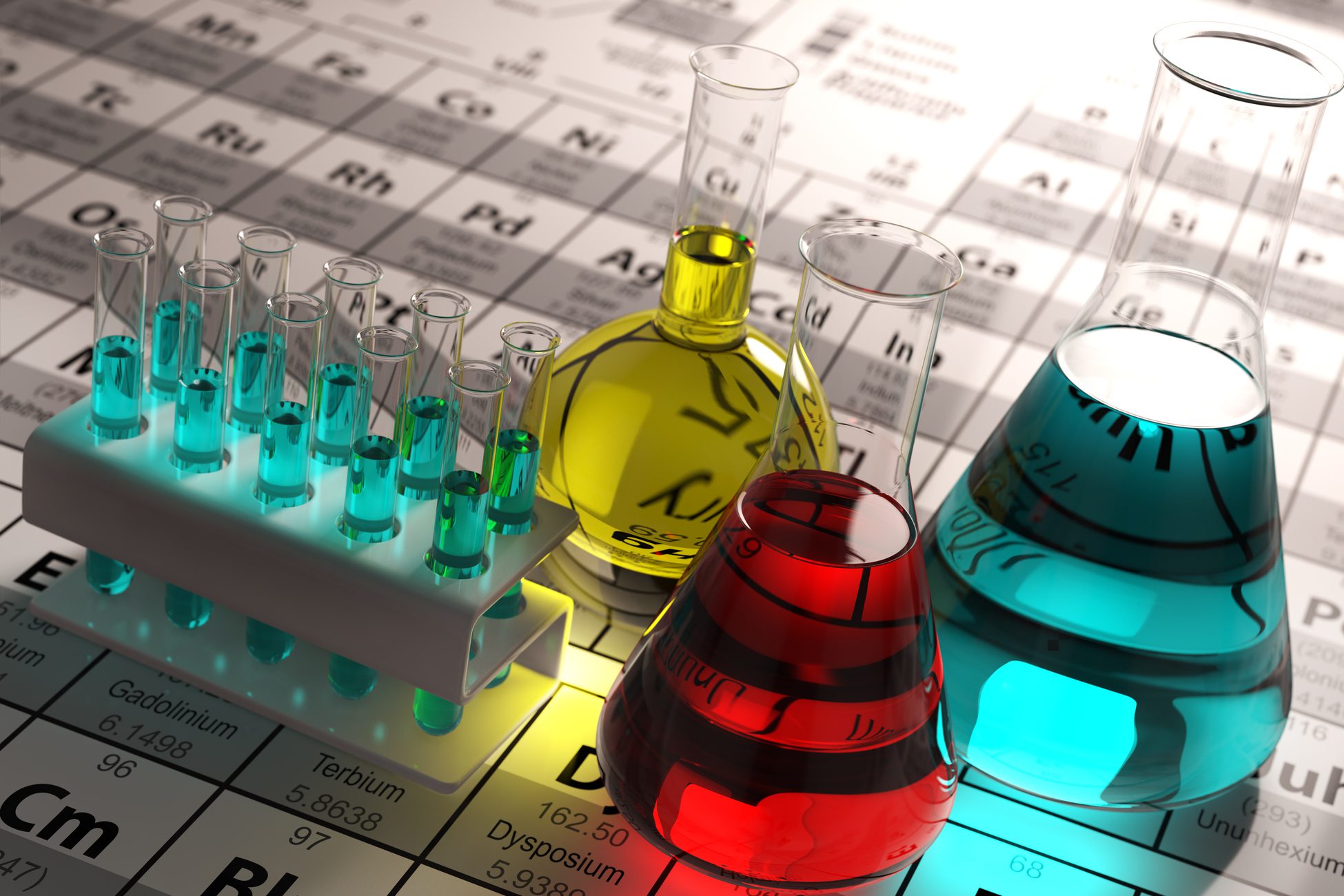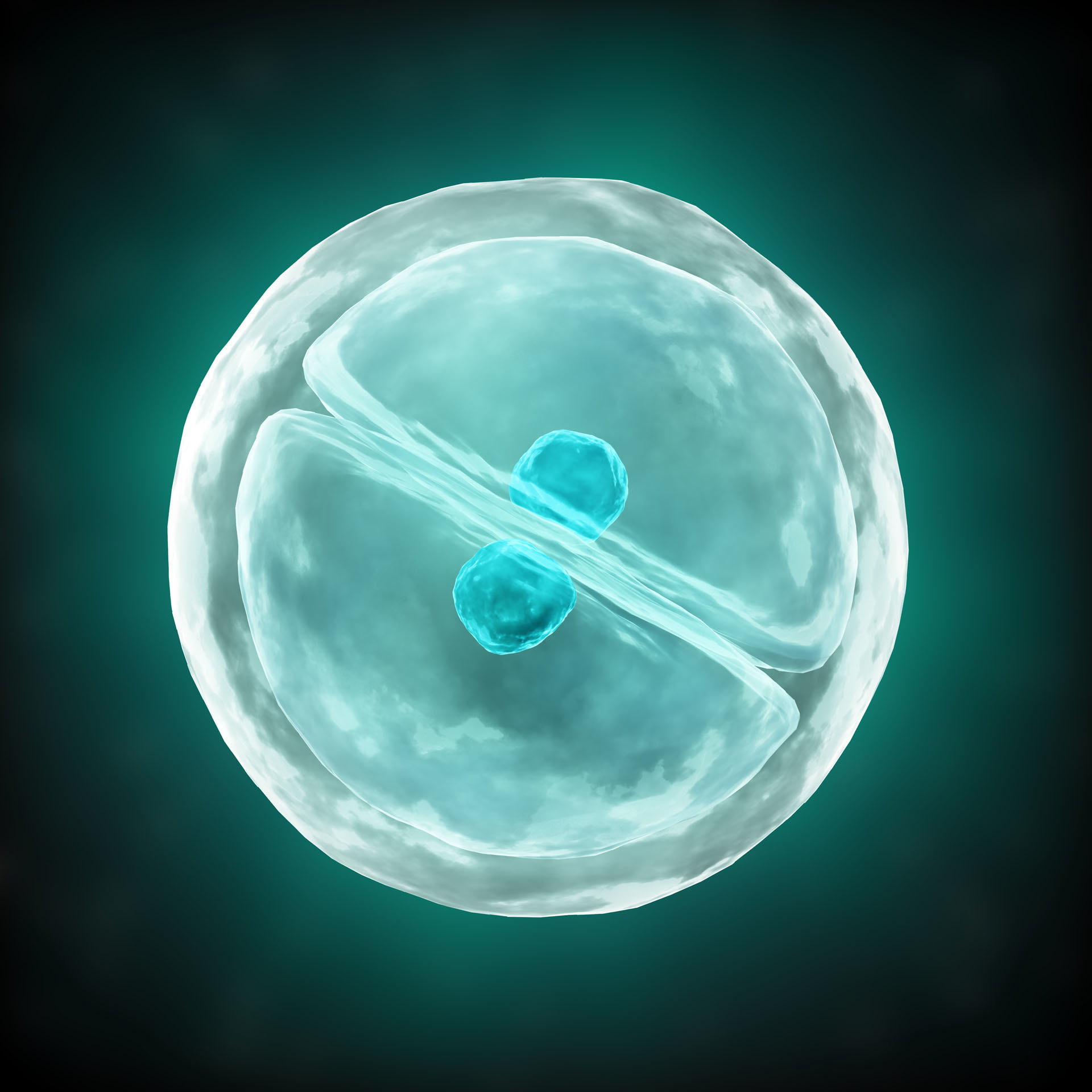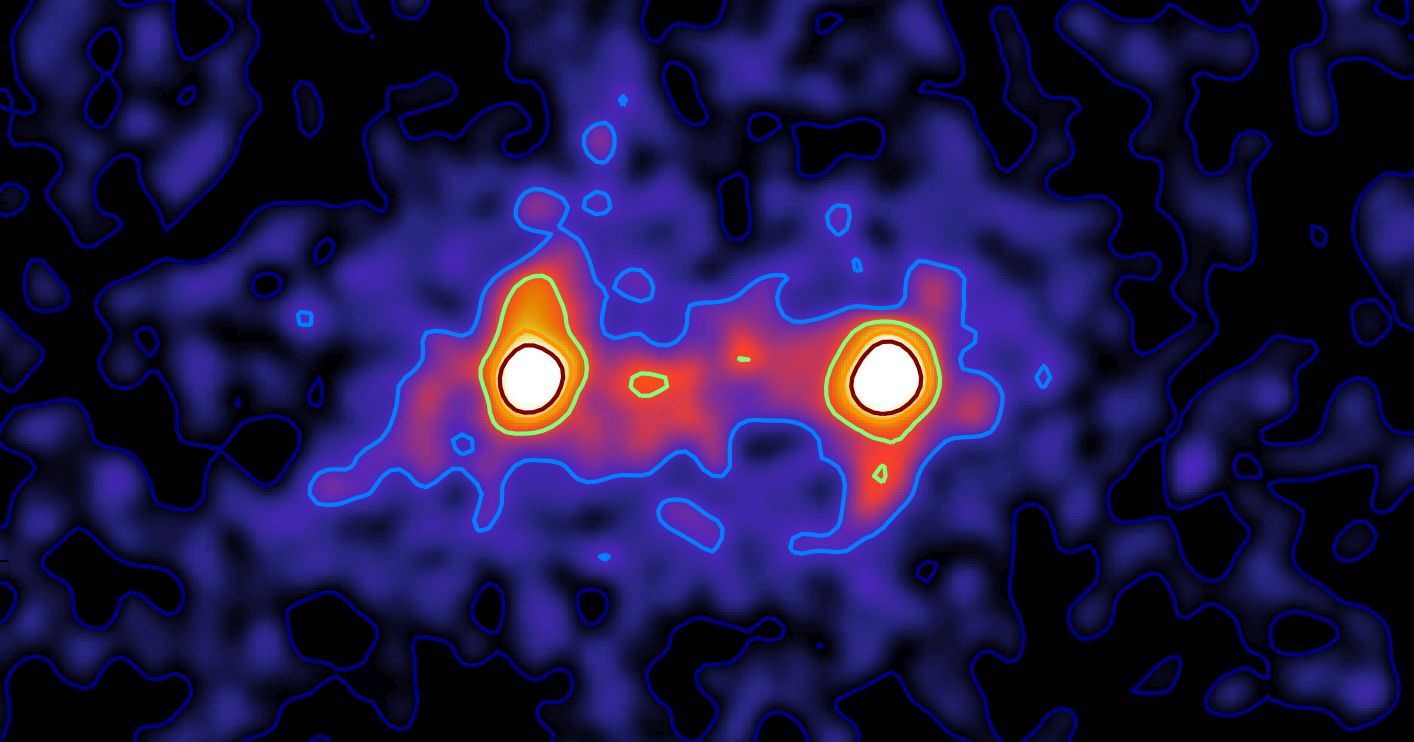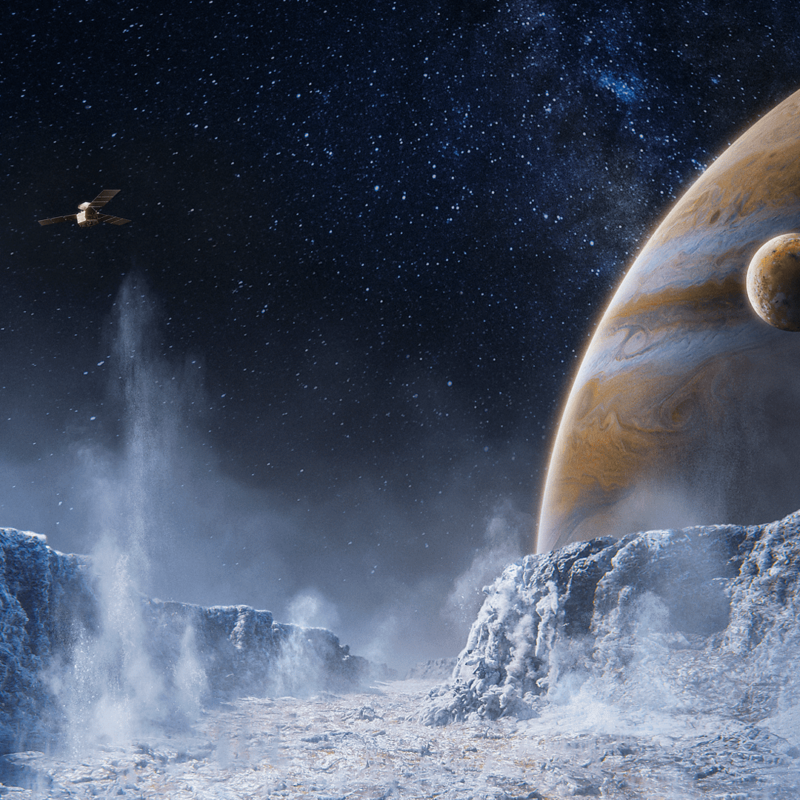description:
Nuclear radiation is everywhere. At this moment, byproducts of cosmic rays are raining down on you from the galaxy, neutrinos produced in the Sun are piercing your body by the trillions, and nuclear particles from everyday sources in rocks, air, food, and water are bombarding you from all directions. If you had a supersensitive “Geiger counter” that picked up all nuclear particles, it would chirp nonstop.
episodes:
01. A Tour of the Nucleus and Nuclear Forces
Take a whirlwind tour of nuclear physics, getting a glimpse of the rich array of topics and concepts you will cover in this course. Professor Weinstein explains the constituents of the nucleus; what holds the nucleus together, its role in determining atomic identity; and the nature of isotopes. He introduces two key tools: the periodic table of elements and the table of nuclides.
02. Curve of Binding Energy: Fission and Fusion
See how the strong and electromagnetic forces shape the nuclei of all atoms. Focus on the curve of binding energy, which explains why heavy nuclei are prone to fission, releasing energy in the process, while light nuclei release energy by fusing. Then, visit some classroom lab equipment to explore the principles that govern particle accelerators, which are used to probe the structure of nuclear matter.
03. Alpha, Beta, and Gamma Decay
Now turn to unstable nuclei and the process of radioactive decay. Trace three types of decay—alpha, beta, and gamma—studying the particles involved, their charge (or lack thereof) and energy ranges. Measure radioactivity with a Geiger counter, and consider what it would take to shield against each type of radiation.
04. Radiation Sources, Natural and Unnatural
Survey the sources of radiation in the world around us, bombarding us from the sky (cosmic rays), found in the ground (uranium and other naturally occurring radioactive elements), zapping us in medical procedures, and found in consumer goods. Look at some long-discontinued radiating products such as shoe fluoroscopy and Radithor, an ill-advised radium-laced health tonic.
05. How Dangerous Is Radiation?
Radiation terrifies many of us, but how scared should we be? Probe the difference between ionizing and non-ionizing radiation, focusing on what high-energy emissions do to DNA. Consider a host of radiation sources—from the innocuous, such as cell phones and power lines, to nuclear explosions and dirty bombs. Finally, learn what to do if you are ever exposed to nuclear fallout.
06. The Liquid-Drop Model of the Nucleus
Now open the hood to see how the nucleus works. Start simple with a hydrogen atom, which has a nucleus of one proton orbited by a single electron. Build from there, adding neutrons and more protons, forging elements and their isotopes and seeing how the nucleus behaves much like a liquid drop. Then use the Fermi gas model to refine your understanding of nuclear structure.
07. The Quantum Nucleus and Magic Numbers
High school chemistry introduces students to the atomic shell model, which describes the distribution of electrons around the nucleus. In this lecture, learn the analogous nuclear shell model and the magic numbers that constitute full shells of protons and neutrons within the nucleus. Also, discover how an entire nucleus can ring like a bell or spin like a top.
08. Particle Accelerators: Schools of Scattering
Take a behind-the-scenes tour of the Thomas Jefferson National Accelerator Facility in Newport News, Virginia, where Professor Weinstein and his colleagues use high-energy electron beams to probe the structure of the nucleus. Dr. Weinstein also explains other types of particle accelerators and their purposes, including the Large Hadron Collider in Europe.
09. Detecting Subatomic Particles
Subatomic particles are inconceivably small and move unbelievably fast. So how are they detected? To learn the ropes, go into an instrument facility where detectors are built. Begin with the simple circuitry of a Geiger counter, invented in the 1920s, and graduate to state-of-the-art tools that are millions of times more sensitive, including scintillators and wire chambers.
10. How to Experiment with Nuclear Collisions
Continue your tour of Jefferson Lab by learning how scientists design an experiment, get it approved, run it, and then analyze the results. Discover why interpreting the outcome of nuclear collisions is like reconstructing car crashes. One tool relies on the shock wave produced by particles moving faster than light, which is possible in mediums other than a vacuum.
11. Scattering Nucleons in Singles or in Pairs
Focus on specific experiments at Jefferson Lab’s largest research hall, where mammoth machines smash electrons into nuclei and measure the scattered electrons and other particles. The goal is to understand the quantum orbits in nuclear shells. Professor Weinstein shows how nuclear physicists think in designing experiments to peel away the layers of the nuclear onion.
12. Sea Quarks, Gluons, and the Origin of Mass
Discover the fundamental particles that make protons and neutrons tick—namely, quarks and gluons. Learn why quarks are never seen in isolation and why the mass of ordinary valence quarks (three per proton or neutron) accounts for only a tiny fraction of their mass. The answer to both riddles lies in “sea quarks,” the swarm of quark-antiquark pairs within protons and neutrons, which can be infinite in number.
13. Nuclear Fusion in Our Sun
Study the fusion reactions that take place inside the Sun. First, consider the formidable barrier that hydrogen nuclei must overcome to fuse into helium. Then, see how the mass and temperature of a star govern the types of reactions it can support. One product of stellar reactions is neutrinos, ghostly particles that pass through the Earth (and us) in colossal numbers.
14. Making Elements: Big Bang to Neutron Stars
See how hydrogen, helium, and a few other light nuclei were forged in the fiery aftermath of the Big Bang. Then, trace the formation of heavier nuclei in the interiors of stars, in supernova explosions, and in the collisions of neutron stars. Special attention is paid to the sequence of reactions and the required conditions that gave us the complete periodic table of elements.
15. Splitting the Nucleus
The discovery of the neutron in 1932 led to the insight that neutrons can incite certain heavy elements to fission (break apart), releasing more neutrons and a prodigious amount of energy. In this lecture, lay the groundwork for understanding nuclear weapons and nuclear power by investigating nuclei that are prone to fission, how to initiate fission, and the “daughter nuclei” that result.
16. Nuclear Weapons Were Never "Atomic" Bombs
Often called “atomic” bombs, the fission weapons first exploded in 1945 are in fact nuclear bombs—as are the fusion-boosted “H-bombs” developed a few years later. Study how these devices work, the difficulty of producing their reactive material, and techniques for enhancing their yield and miniaturizing warheads. Also, understand why the search for peaceful applications of nuclear weapons proved fruitless.
17. Harnessing Nuclear Chain Reactions
Learn the fundamentals of nuclear reactor design, which has the task of sustaining nuclear reactions at a controlled rate in order to boil water, produce steam, and drive a generator. Explore why a nuclear reactor can’t explode like a bomb, and consider pluses and minuses of the most common reactor designs in use.
18. Nuclear Accidents and Lessons Learned
Under specific circumstances, it has been possible for a nuclear reactor to fail catastrophically. Revisit the serious nuclear accidents at Three Mile Island in the US, Chernobyl in the Soviet Union, and Fukushima in Japan, drawing lessons on the fallibility of safety features and human operators. Track the cascading sequence of failures in each accident, leading to core meltdown and radiation release. Consider the health effects, which were severe for emergency workers at Chernobyl.
19. The Nuclear Fuel Cycle and Advanced Reactors
Explore the current state of fission power, now in its third generation since the dawn of the nuclear age, with a fourth generation in the works. Today’s nuclear plants are designed to produce power more cheaply, more safely, with less waste, and less risk of proliferation than earlier designs. Survey the latest technology, from advanced light water reactors to molten salt and thorium reactors.
20. Nuclear Fusion: Obstacles and Achievements
The holy grail of nuclear power is fusion, which has been tantalizingly out of reach for decades. Learn why fusion power is so desirable and so difficult to achieve. Study the different strategies for attaining a contained, self-sustaining thermonuclear reaction, focusing on the tokamak, which confines a high-temperature plasma in a powerful toroidal magnetic field.
21. Killing Cancer with Isotopes, X-Rays, Protons
High-energy radiation has been used against cancer tumors since the discovery of X-rays in 1895. Discover the powerful arsenal of radiation sources and procedures that radiation oncologists use today. Visit the Hampton University Proton Therapy Institute to look at a technique that targets cancer cells with remarkable precision, while sparing the surrounding tissues.
22. Medical Imaging: CT, PET, SPECT, and MRI
The ability of radiation to penetrate the body and chart density and metabolic activity has led to a wide range of tools for medical imaging, including mammograms, PET scans, CT scans, bone-density tests, MRI, and other technologies. Learn how these tools work; what they reveal; and when, if ever, the doses of radiation might pose a significant risk.
23. Isotopes as Clocks and Fingerprints
The steady rate at which unstable isotopes decay, known as their half-life, makes them ideal for dating objects. Identify the radioactive isotopes best-suited for establishing age, such as carbon-14 for organic remains from human history and uranium-238 for billion-year-old geological formations. Also, see how stable isotopes can be used for fraud detection and studying ancient climates.
24. Viewing the World with Radiation
Finish the course by surveying the many uses of radiation on Earth and beyond. Passive detectors identify radioactive contamination and clandestine nuclear bomb tests. Cosmic rays can be used to “X-ray” ancient buildings and learn the secrets of their construction. And, see why some scientists speculate that humans thrive on Earth thanks to an ancient bath of radiation from a supernova explosion.

